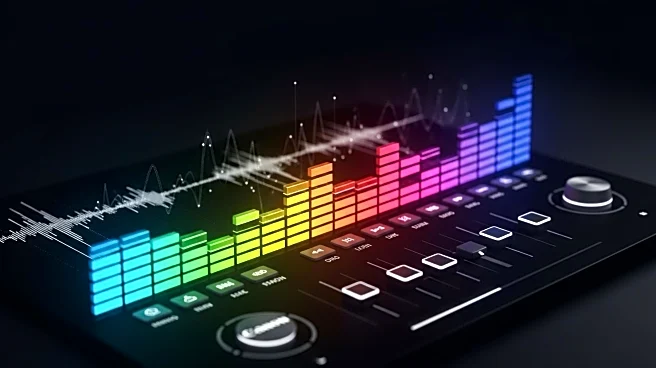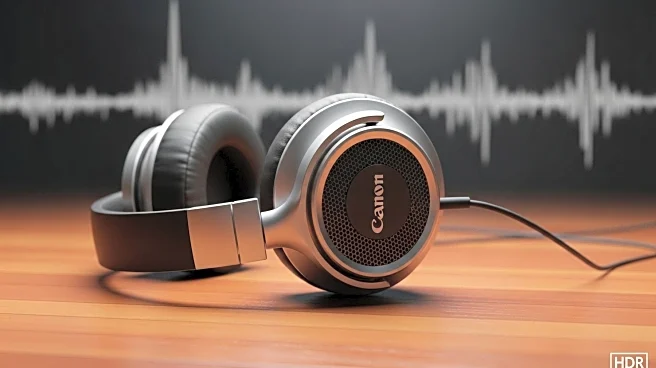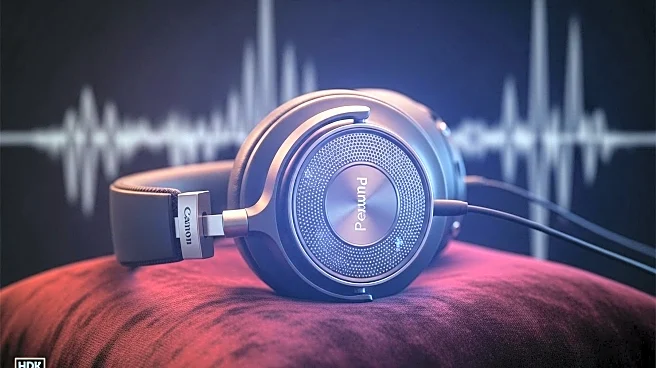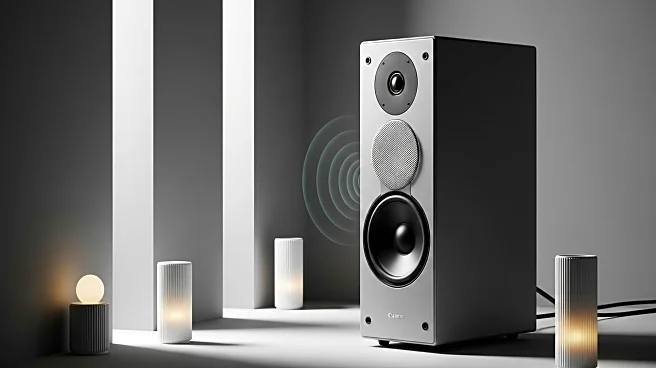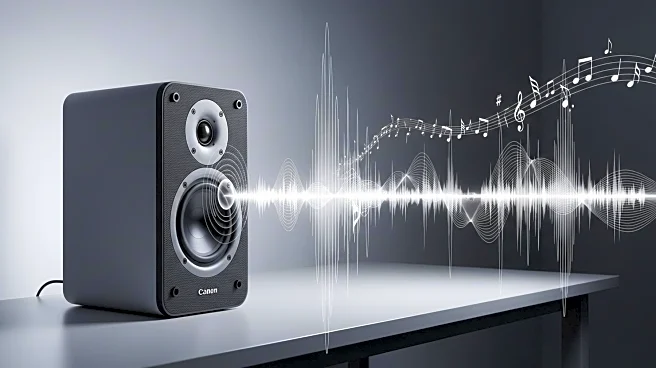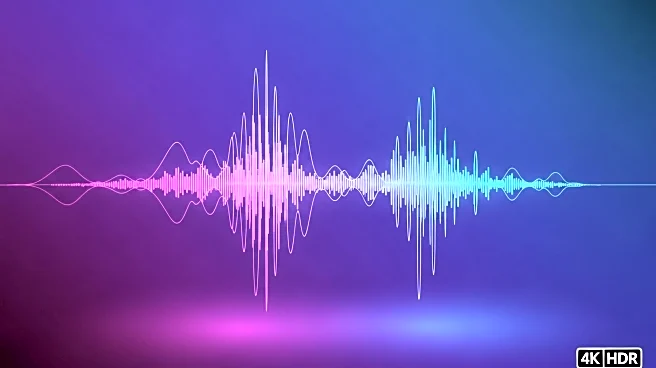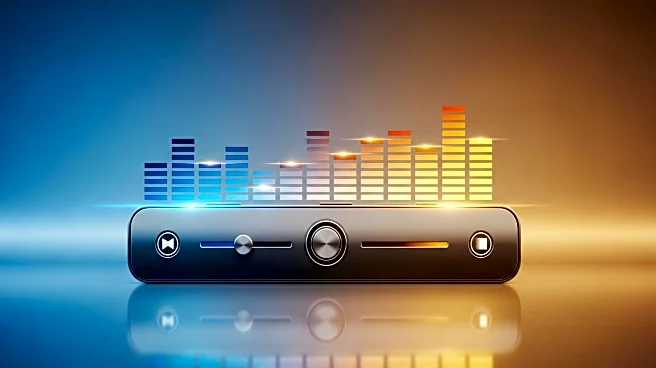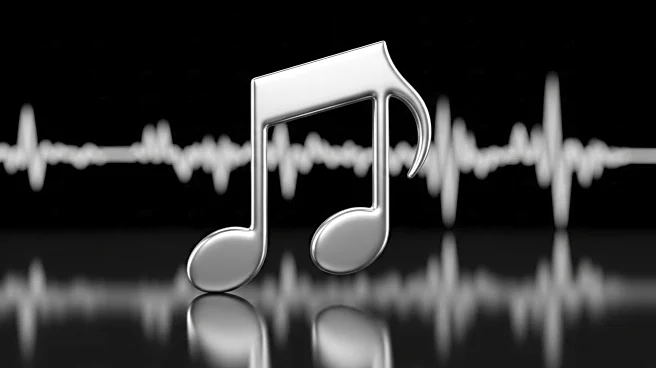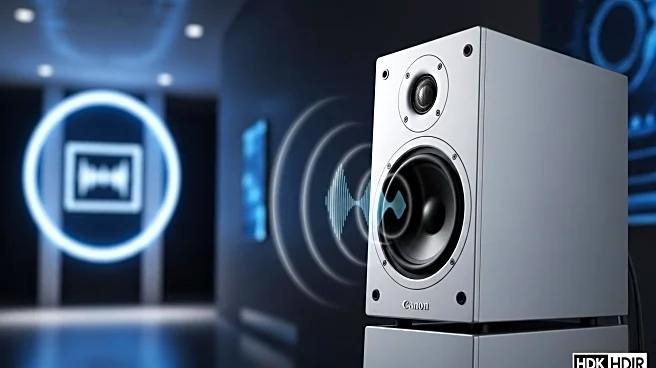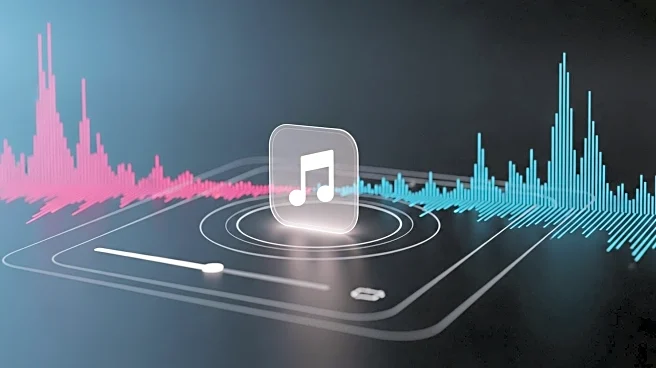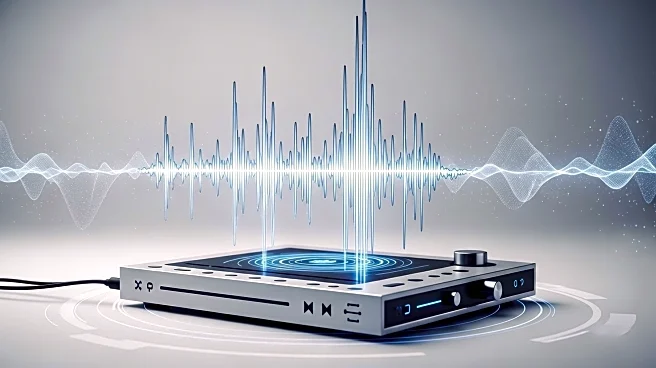What's Happening?
Spotify has announced the rollout of HD lossless audio for its Premium subscribers, a feature that has been highly requested for years. This new offering allows users to stream music encoded in up to 24-bit depth at a sample rate of 44.1 kHz using FLAC, a free lossless audio codec. The feature is gradually being introduced in over 50 markets, including the U.S., and is available on mobile, desktop, and tablet apps, as well as on many third-party devices that support Spotify Connect. This development marks Spotify's entry into the high-quality audio streaming market, following similar offerings by competitors such as Apple Music and Amazon Music.
Why It's Important?
The introduction of HD lossless audio by Spotify is significant as it positions the company to better compete with other music streaming services that have already adopted high-quality audio formats. This move could attract audiophiles and users who prioritize sound quality, potentially increasing Spotify's subscriber base. Additionally, it reflects the growing demand for superior audio experiences in the digital music industry, pushing other platforms to enhance their offerings. The rollout may also influence the development of audio technology and consumer expectations regarding music streaming quality.
What's Next?
Spotify plans to expand support for lossless audio to additional devices, including those from Sonos and Amazon, by October. Users will need to manually enable lossless audio on their devices, and Spotify recommends using wired headphones or speakers for the best experience. As the feature becomes more widely available, it may lead to increased competition among streaming services, prompting further innovations in audio quality and user experience. Stakeholders in the music industry, including artists and record labels, may also need to adapt to the changing landscape of music consumption.
